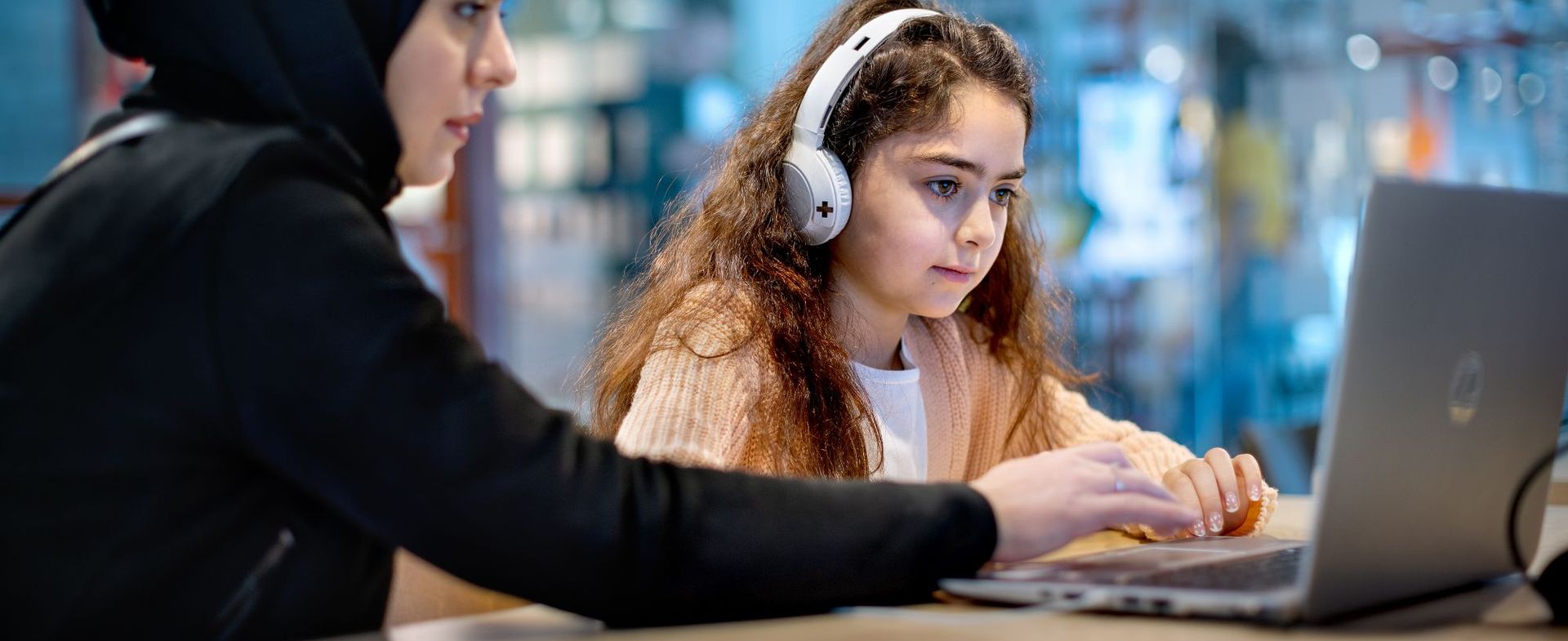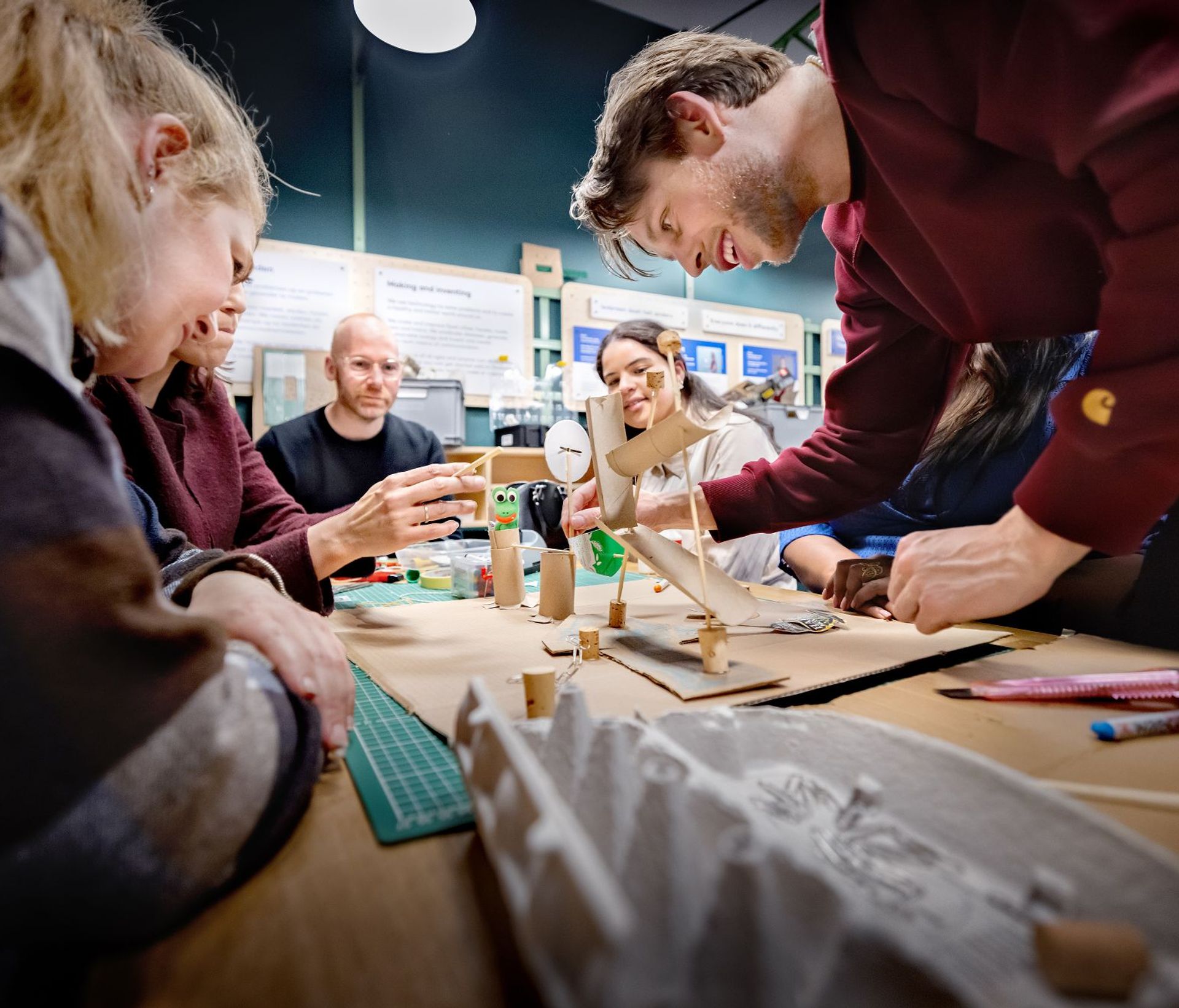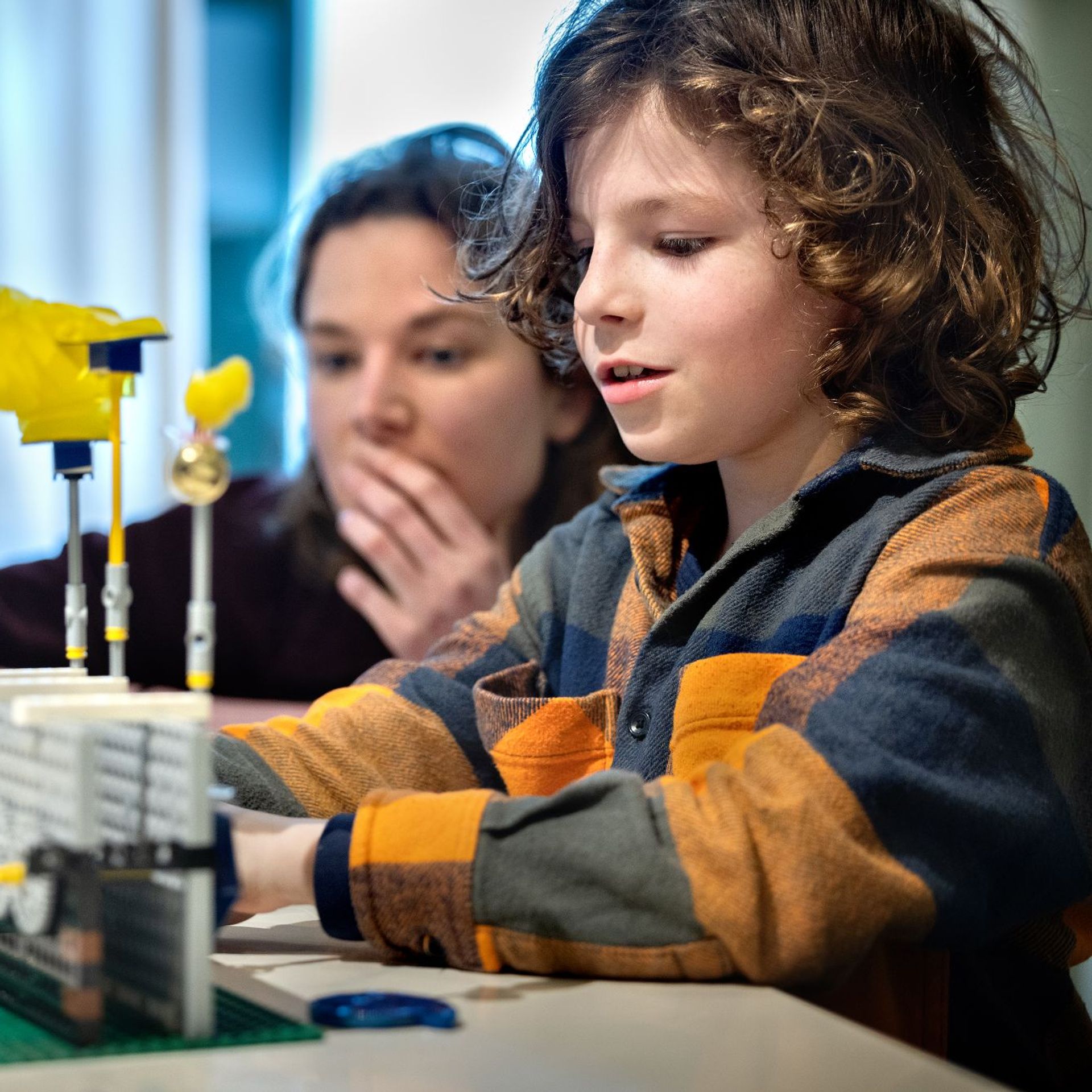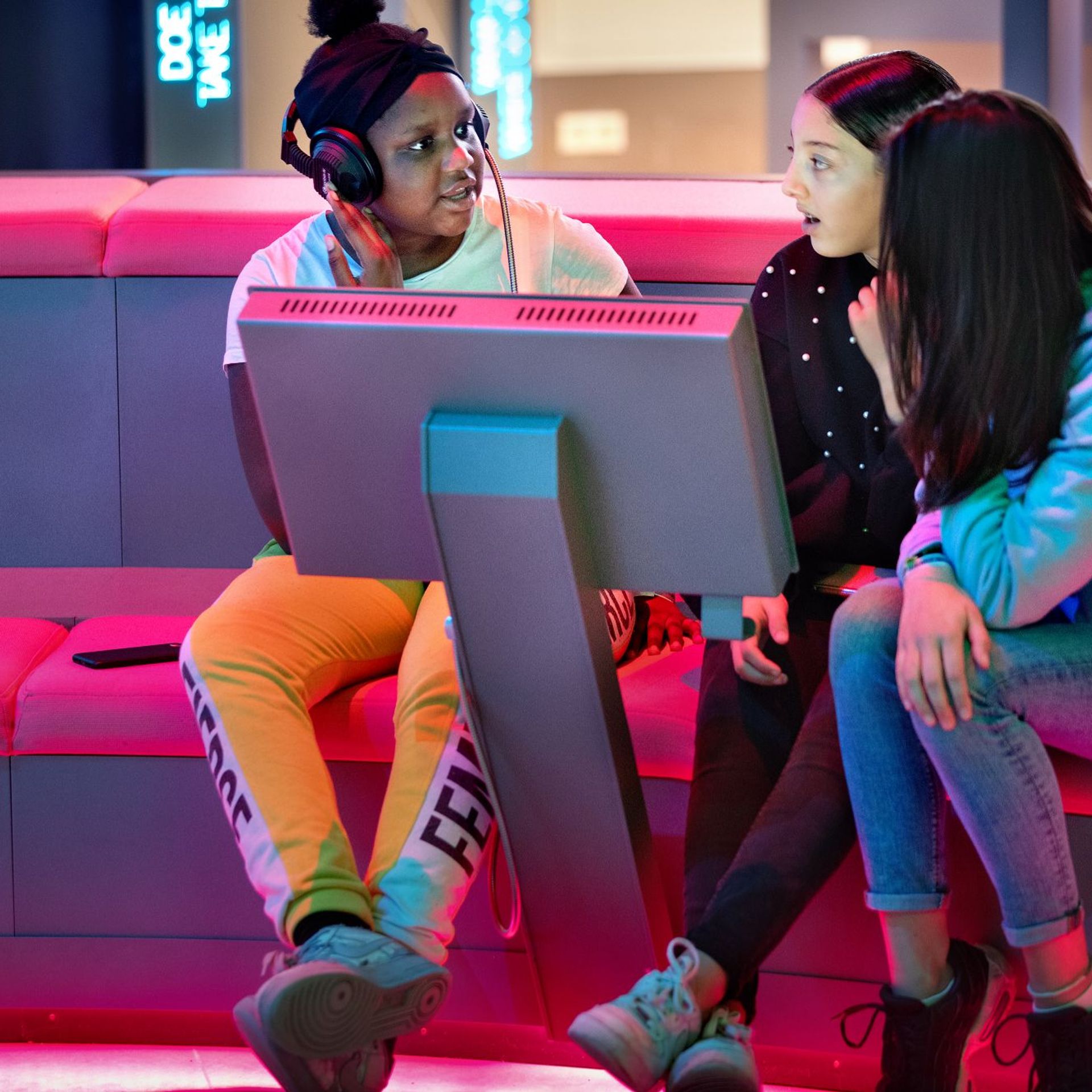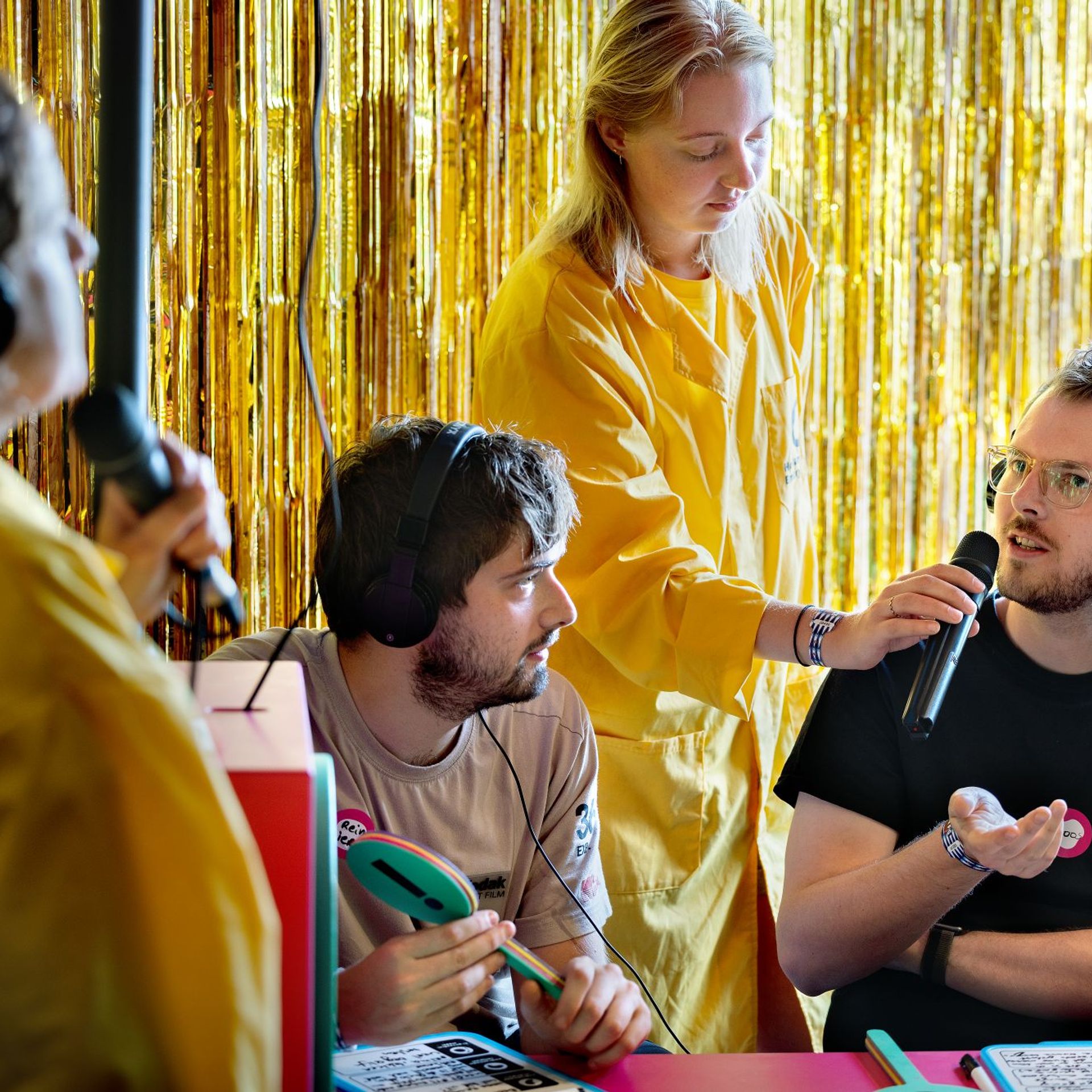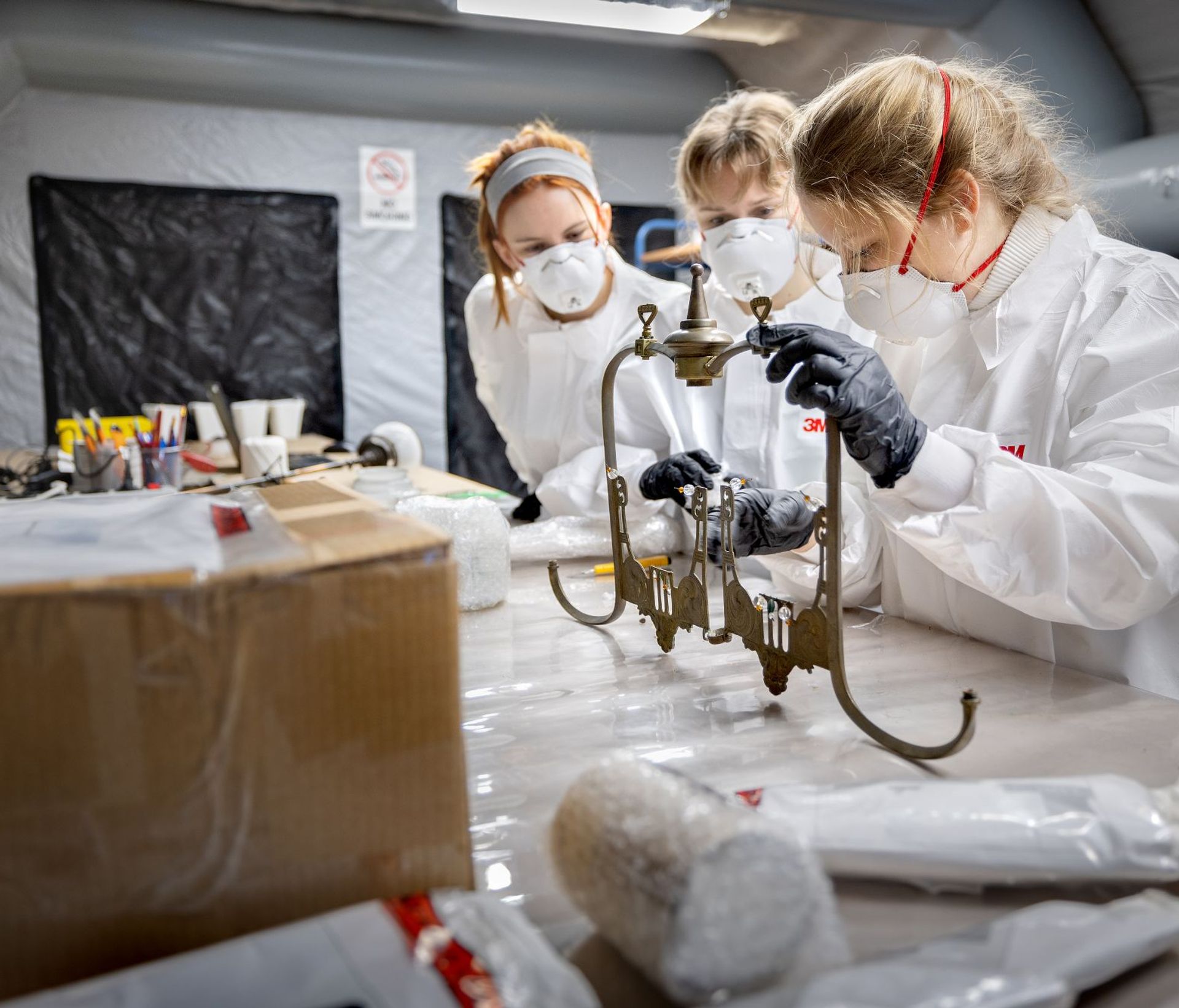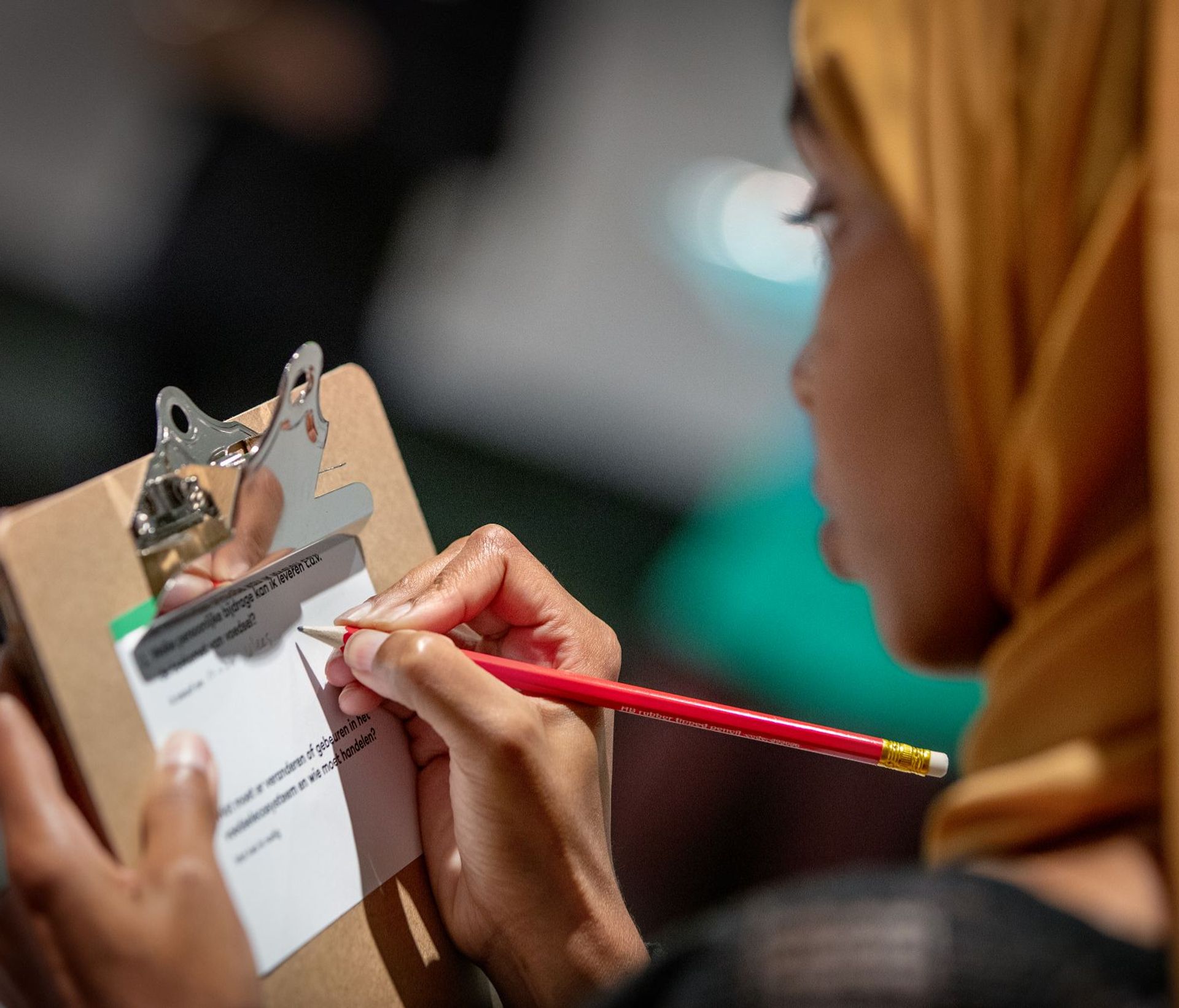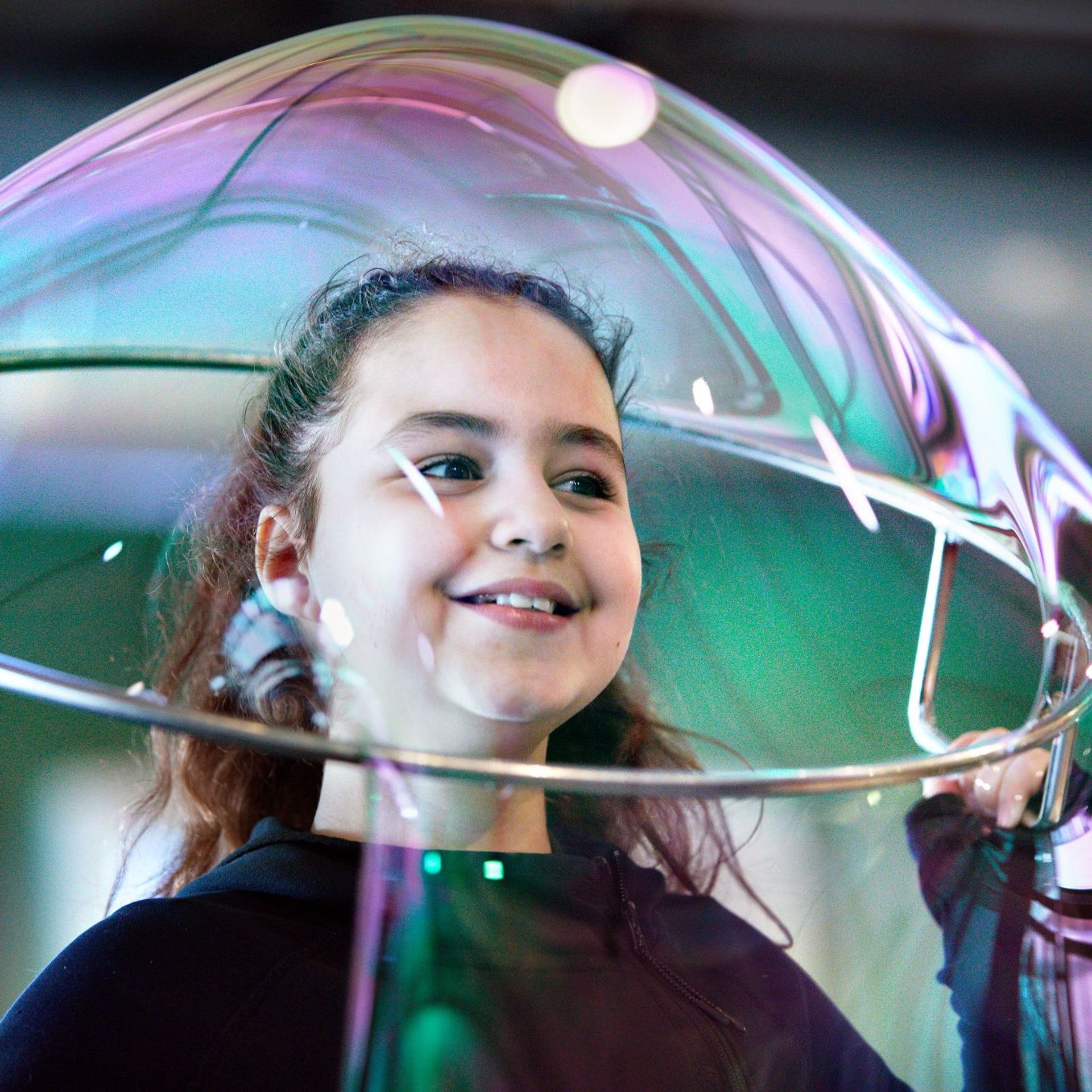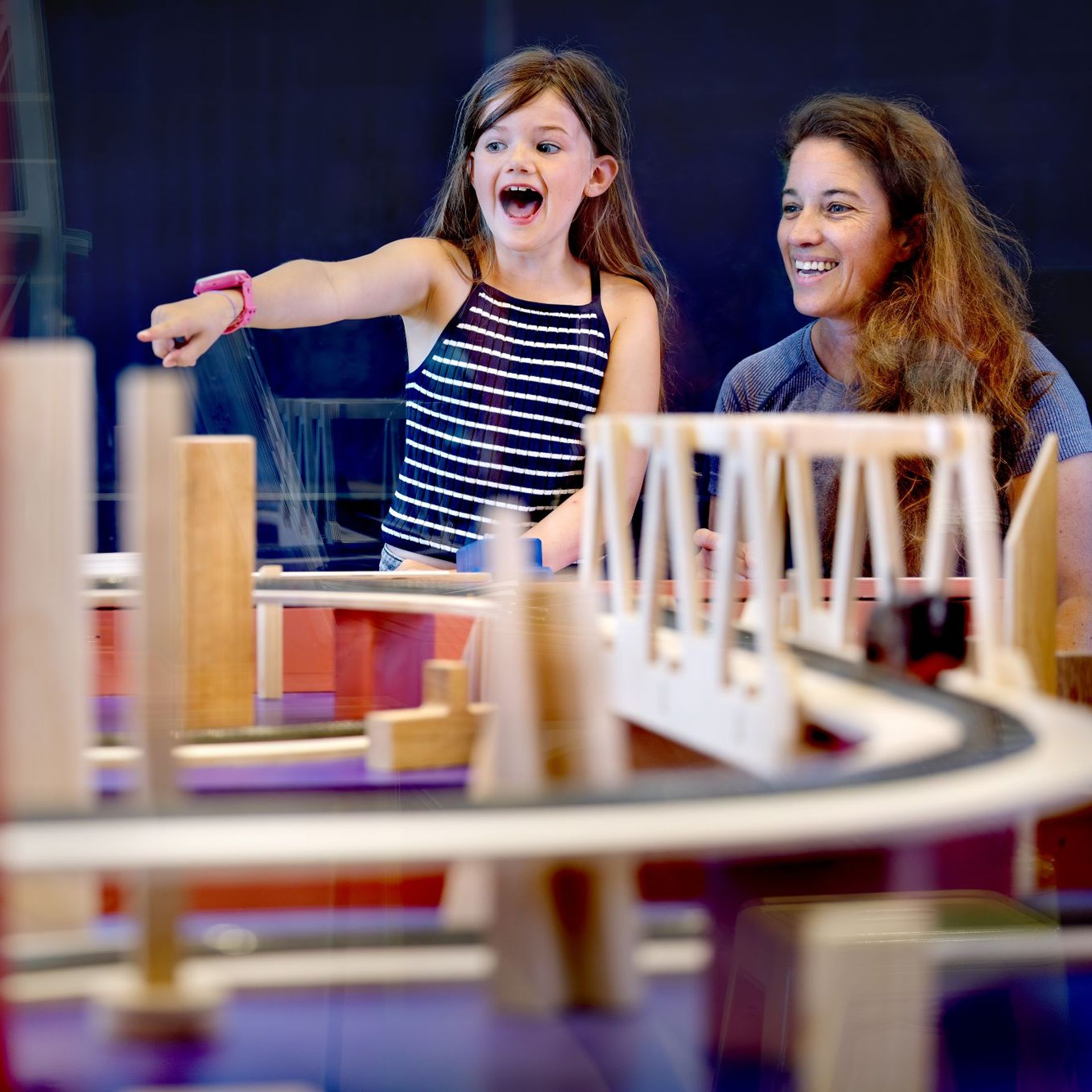The NEMO way
At NEMO, learning means exploring, testing your curiosity, playing and discovering things for yourself. Visitors learn by doing, experiencing, watching, feeling and listening. We invite everyone to discover and explore who they are and the world around them, in a playful and interactive environment grounded in real science. That’s learning the NEMO way. We know what works, thanks to our own research and years of practical experience. NEMO even has its own professor studying how people make sense of science.
